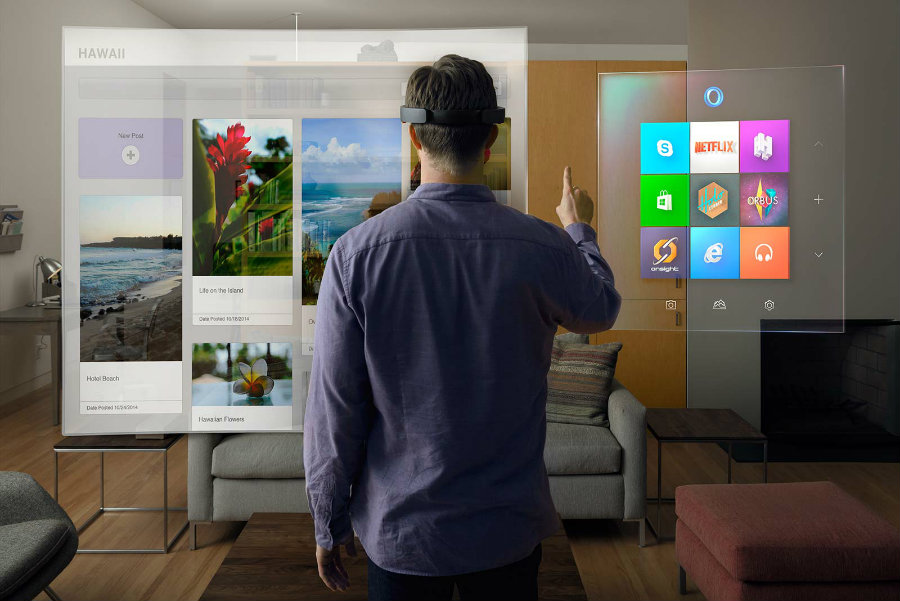During Intel Developer’s Forum in San Francisco, Terry Myerson announced this Tuesday that Windows Holographic would be available next year. It’s worth mentioning Myerson is Microsoft’s Windows and Devices Group Executive VP.
The mixed reality system will be compatible with every PC running Windows 10 through an update.
The collaboration between Windows Holographic Platform with Intel is looking to provide minimum hardware requirements to have a bigger audience. As a result, compatible PC’s includes Intel NCU’s, a mini desktop PC and very affordable ($600), running at 90 FPS with Iris graphics.
It will have optimization for laptops and PC’s and will be compatible with Project Alloy, Intel’s VR system.
The update will allow the user to make different things in different reality environments by having 2D Windows 10 apps with a 3D graphic environment.
“MICROSOFT AND INTEL WORKING TOGETHER ON MIXED REALITY IS A VERY POSITIVE SIGN AND HISTORICALLY, MORE HAS BEEN ACCOMPLISHED WITH THE TWO WORKING TOGETHER THAN AGAINST EACH OTHER,” said analyst Patrick Moorhead in an email.
The collaboration between the companies comes in a moment when virtual reality technology development is at its biggest, and by working together, they may manage to make a better system than one made by individually.
More information about Windows Holographic will be revealed this December at the WinHEC conference in Shenzen, China.
Intel’s take on the Virtual Reality technology
Intel’s Project Alloy is their offer in the Virtual Reality technology.
It is a completely wireless VR headset. This means that it does not need to be connected to a computer or a smartphone, unlike other VR options like the Oculus Rift or the HTC Vive, limited by all the wires that they require to be connected to a PC.
The system can track the user’s fingers to interact with virtual objects. It can also monitor rooms by itself. It has a camera that let the user see other objects in the chamber and people nearby.
It is similar to the Microsoft’s mixed reality HoloLens system, and with their collaboration for the Windows Holographic, the Alloy will be necessary for the project. Intel will reveal the hardware specifications for the Alloy next year along with its API’s, probable for the release of the Windows Holographic.
“ANYONE CAN TAKE ALLOY HARDWARE, COMBINE IT WITH WINDOWS HOLOGRAPHIC, AND BUILD A WORLD-CLASS VR SYSTEM,” said Intel CEO, Brian Krzanich.
Source: Engadget




